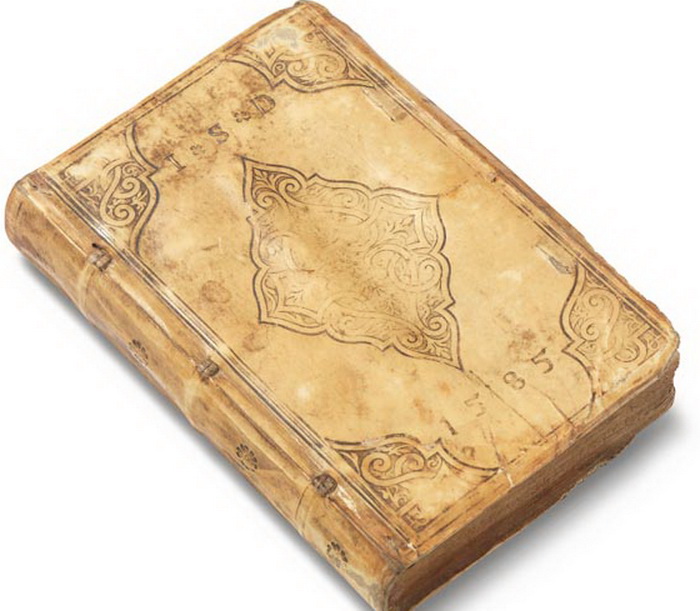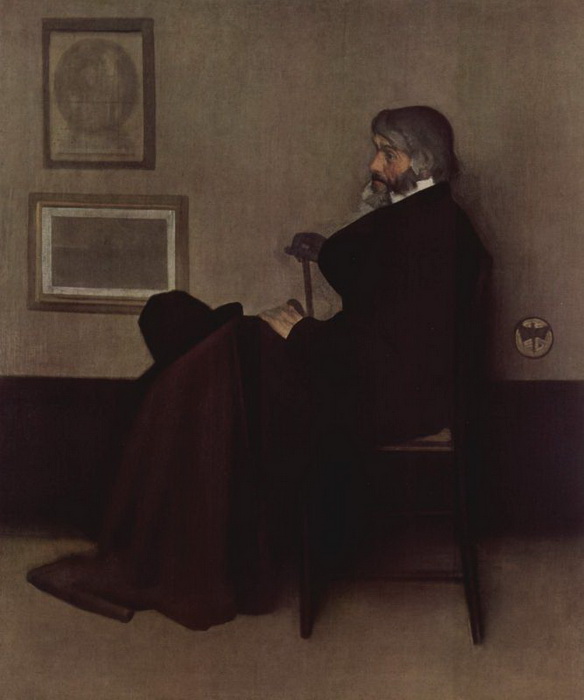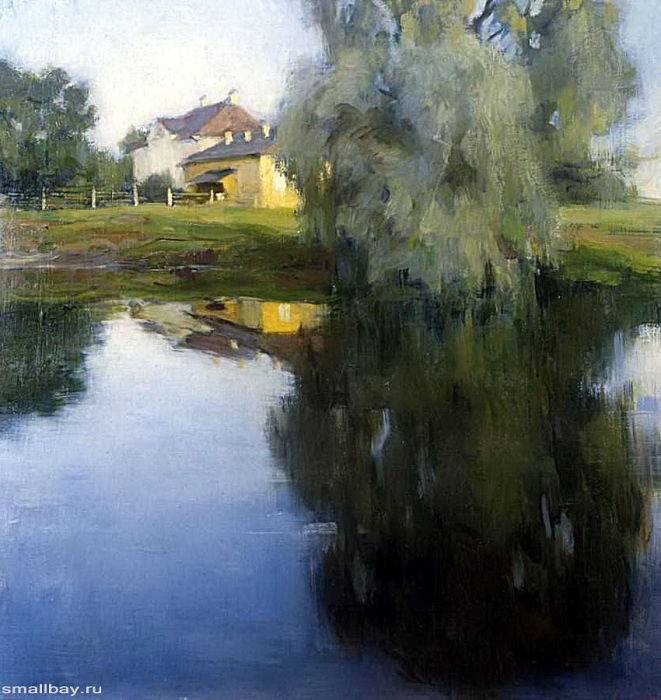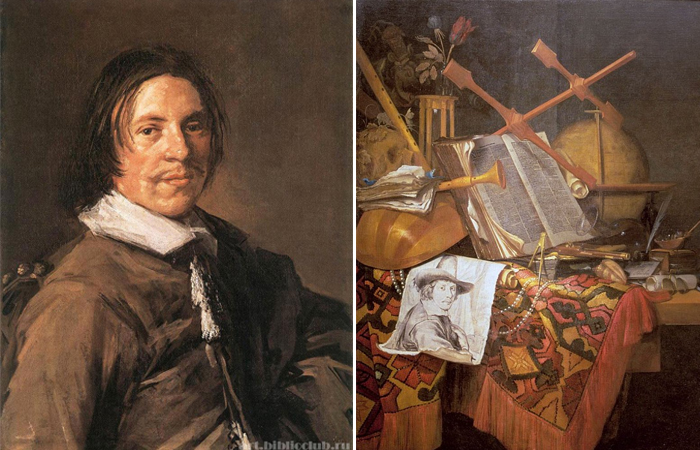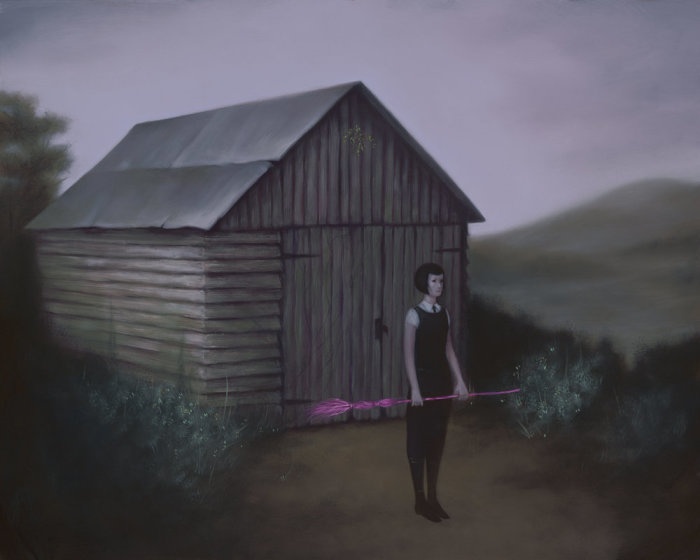expression
The world of childhood of the XIX century in the paintings of Gaetano Cierizi
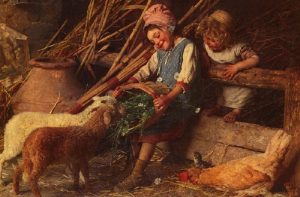 Many viewers are interested in everyday painting of old masters of the past centuries, who knew how not only to reliably capture the life of their people in the smallest details, but also to stop moments in the freeze frame mode. With special trepidation, some painters approached the theme of children, touchingly portraying sincere and immediate children in genre scenes. Among them is the famous Italian Gaetano Cierizi, who occupies a special place in the history of 19th century art.
Many viewers are interested in everyday painting of old masters of the past centuries, who knew how not only to reliably capture the life of their people in the smallest details, but also to stop moments in the freeze frame mode. With special trepidation, some painters approached the theme of children, touchingly portraying sincere and immediate children in genre scenes. Among them is the famous Italian Gaetano Cierizi, who occupies a special place in the history of 19th century art.
Gaetano Chierici (Gaetano Chierici) – an outstanding Italian painter, one of those artists who managed to perfectly depict the life of the common people of Italy. Transferring the life of ordinary workers and their children in all its colors and shades to his canvases, the artist left a magnificent gallery of paintings, which is the clearest evidence of that distant time. Continue reading
How Peter Konchalovsky managed to avoid repression and why the artist was called the Soviet Cezanne
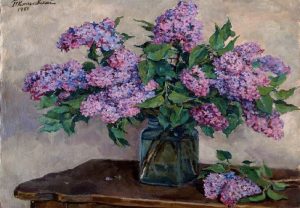 Not many painters who disobeyed the socialist regime in times of bloody repression managed to escape punishment. Today I would like to recall the name of one of them – Pyotr Petrovich Konchalovsky. In those terrible years, the artist managed to remain a “pure” painter who avoided the embodiment of socialist reality and portraits of its leaders in his creations. Moreover, to take as a basis for his work the direction of the hostile Western art, which is why he was named in his time – the Soviet Cezanne.
Not many painters who disobeyed the socialist regime in times of bloody repression managed to escape punishment. Today I would like to recall the name of one of them – Pyotr Petrovich Konchalovsky. In those terrible years, the artist managed to remain a “pure” painter who avoided the embodiment of socialist reality and portraits of its leaders in his creations. Moreover, to take as a basis for his work the direction of the hostile Western art, which is why he was named in his time – the Soviet Cezanne.
It should be noted that the great merit of Anatoly Lunacharsky, the first People’s Commissar of Education of the RSFSR, was that Pyotr Petrovich was allowed to create freely, despite the attacks of critics who longed for the proletarian coup and the ecstasy of socialist work in the artist’s works. Anatoly Vasilievich convinced the guardians of the dogmas of socialist realism that Konchalovsky in his modern day “sings the poetry of our everyday life” and, apparently, the People’s Commissar did quite well. Continue reading
What is encrypted in the paintings of the most mysterious artist of the Golden Age: Alphabet of painting by Jan Vermeer
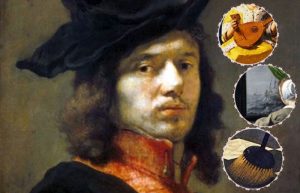 One of the most famous artists of the Golden Age of Holland. His refined painting technique, experiments with optics and perspective, the unique way of transmitting light and the poetic nature of his images remain unsurpassed in their originality and power of influence on the viewer. This is the talented gifted Jan Vermeer (1632–1675).
One of the most famous artists of the Golden Age of Holland. His refined painting technique, experiments with optics and perspective, the unique way of transmitting light and the poetic nature of his images remain unsurpassed in their originality and power of influence on the viewer. This is the talented gifted Jan Vermeer (1632–1675).
In the 1600s, many people could not read or write. In this regard, the work of artists was very helpful: they told their stories through the characters in the paintings. Especially relevant were these picturesque stories during the time of religious persecution and the Inquisition.
Libra is a symbol of weighing the soul, its actions, a metaphor for the choice between good and evil. (“Woman Holding the Scale”). Continue reading
